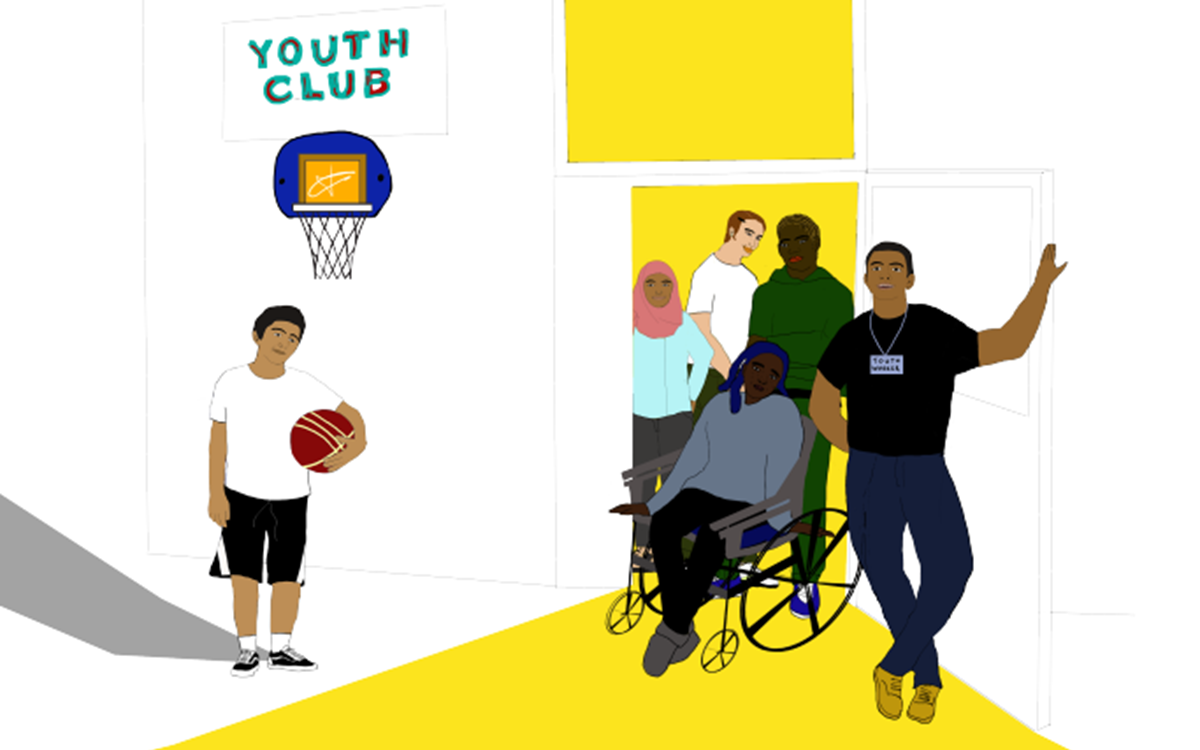What do young people say about their safety and the safety of their friends? How can we ensure that young people understand what we mean when we use the term 'Contextual Safeguarding', or other terms commonly used in practice? This guide can be used with young people to talk about what Contextual safeguarding is with young people, and includes activities to talk about safety in their own lives, as well as think about what safety might look like for them or others facing extra-familial harm.
When we engage young people in systems change work, it is crucial that we ensure they understand the aims and objectives of a project, which includes understanding the terminology we use to describe our work. This guide is designed to be looked at with young people, and includes questions for young people to answer with or without a worker to determine their understanding of key concepts, such as safeguarding, risk, and context. It also has a case studies and examples of Contextual Safeguarding work, as well as sections specifically for school, peer groups, and locations that can be used to assess young people's safety and their understanding of safety.
This resource is from the Scale-Up toolkit and should be used in conjunction with the other resources. You can access the Scale-Up toolkit here

This guidance is designed to be done with young people to help them understand what we mean by Contextual Safeguarding and gather their views on what safety looks like for them and their peers. It has a range of useful activities professionals can do with young people, as well as case studies and clear explanations of key concepts around Contextual Safeguarding and extra-familial harm.
Guidance: Conversations about Contextual Safeguarding
June 2022
Scale-Up Toolkit


